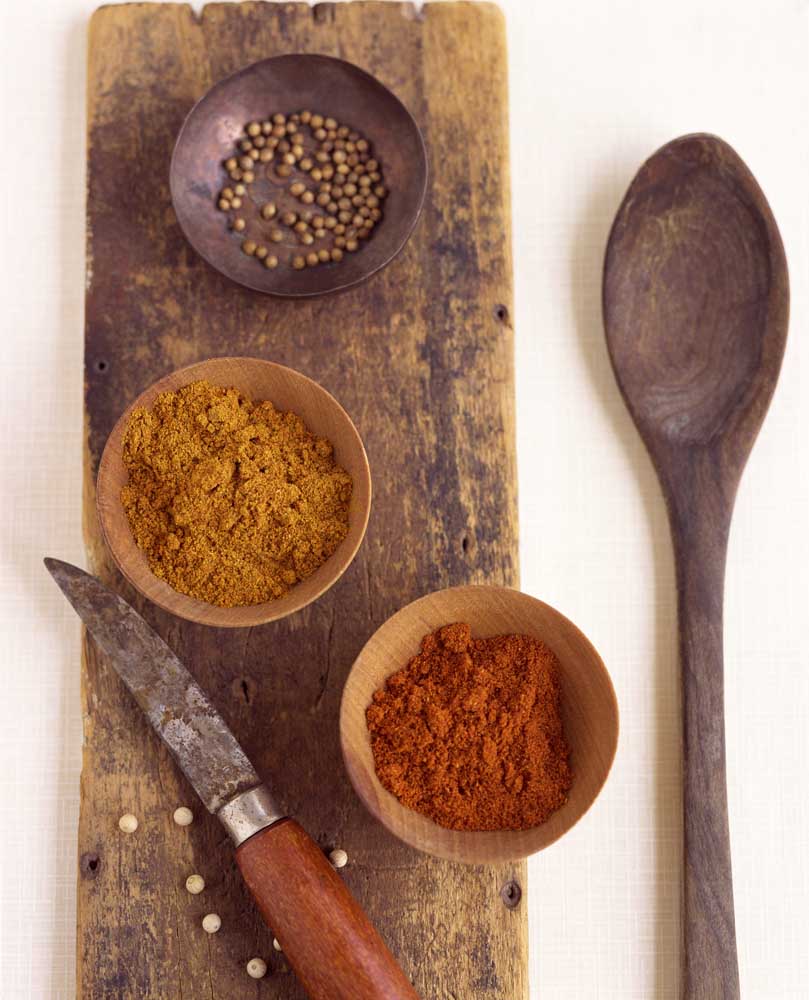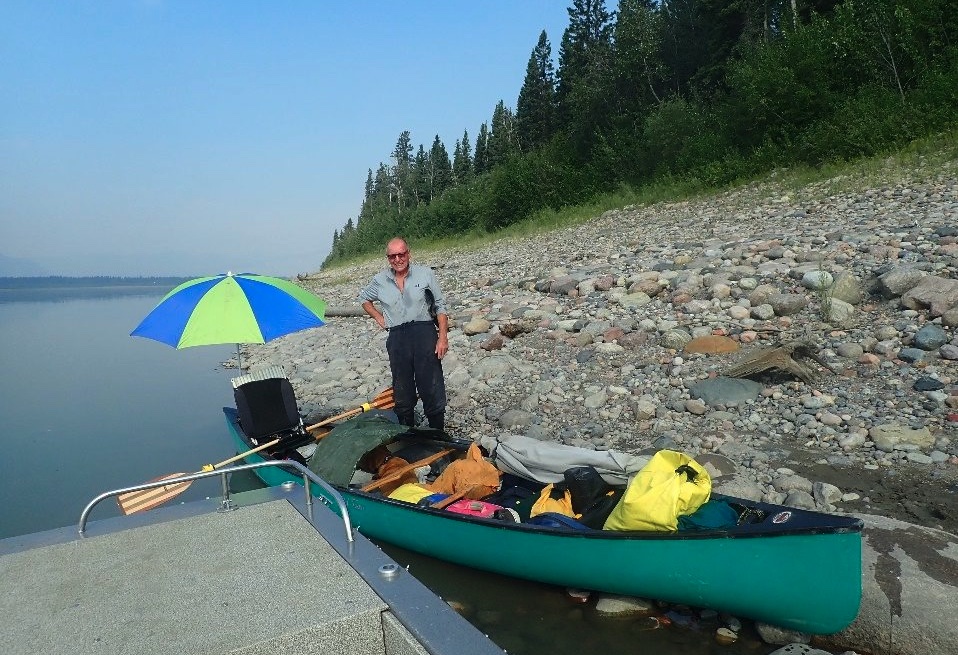Slow Summer Cooking
Published 12:00 am Saturday, June 25, 2016

- Coriander, paprika and turmeric
A houseful of guests after a day out and about —floating the river, playing at the lake or exploring a new hiking or biking trail — can be stressful as you try to juggle socializing with cooking for a crowd often struggling to come up with something quick and creative for dinner.
With just a little planning, you can relax and savor the view from your kayak, confident that your dinner is simmering to perfection at home, under the special care of your slow cooker. Instead of scrambling to do it all at the last minute, the main course will be done and you’ll have plenty of time to whip up a salad and enjoy a cocktail in good company, before serving a special meal.
Slow cooking makes every season better, because it gives you the time to enjoy the activities you love without sacrificing healthy, economical, and delicious home-cooked meals. A little prep time the night before or prior to taking off in the morning lets dinner make itself while you seize the day.
In addition to making your life easier, slow cooking has many other benefits. On hot summer days, leaving the oven turned off will keep your kitchen cooler, making for a less cranky chef. If you have meat to brown before you put it in the cooker, taking care of this task in the morning, before temperatures rise, will also help to keep the house more comfortable.
Crock pots and slow cookers make it easy to prepare meals in large, guest-friendly quantities. And, if you don’t like leftovers, freezing small quantities will give you options the next time you need a quick meal.
“Talk about an economy,” said Lori Brizee, registered dietician and owner of Central Oregon Nutrition Consultants in Bend. “You can save a bunch of money and can watch your sodium intake at the same time. Another huge benefit is that you don’t have to come up with a dinner idea at the last minute, so you eat more nutritiously, you save money, and you’re less likely to go out for a high-calorie meal.”
At home, Brizee loves to slow cook dried beans after soaking them overnight in water. She then adds various spices, depending on what the beans will be added to, whether it’s tacos, side dishes, or on a salad.
Chef and owner of Tate & Tate Catering, George Tate, uses orange juice to give his slow cooked meals a light, summery taste. Root vegetables, chicken and pork all pick up the orange flavor quite nicely, he explained.
“You can add habanero peppers, cinnamon, thyme, and paprika for a touch of Caribbean flavor,” said Tate, adding that he likes to make lettuce wraps out of the cooked chicken or pork for a tasty meal to serve at home or even to take on a picnic.
“It’s always nice to have pulled pork in the house,” he said.
After slow cooking pork in orange juice, he later adds spices to turn a neutral meat into taco filling, salad topping, or for barbecue pulled pork.
“You can go anywhere with the spices,” said Tate. “I use a jerk rub, barbecue seasoning, or a dash of cinnamon to add a high note.”
If your slow cooker has been in cold storage since winter, it’s time to give it some summer use. With a little advance preparation and creativity, you’ll find more time for yourself and your friends without sacrificing nutritious and delicious meals.
Slow Cooking Do’s & Don’ts
These simple rules can help you to create rich and satisfying slow-cooked meals all year long.
1. Choose the right cut. Fattier cuts of meat — such as pork shoulder rather than pork loin — tend to retain their moisture better in slow cooking. Leaner cuts of meat are more likely to dry out. Dark meat chicken — such as thighs and drumsticks — will remain juicier than white meat.
2. Brown to boost color and flavor. If you have the time, browning meat before you add it to the crock pot improves both color and flavor.
3. Marinate meat. You can skip this step if you’re in a hurry, but marinating meat with a sauce or rub overnight will add delicious layers of flavor.
4. Sprinkle spices according to freshness. Use dry spices early in the cooking process, add freshest spices such as parsley or cilantro toward the end to retain the most flavor.
5. Valuable vegetables. Root vegetables, such as carrots, potatoes, and onion, make great choices for slow cooking. Cut vegetables into uniform-size pieces to encourage even cooking throughout your dish. Place longer-cooking vegetables, such as potatoes, at the bottom of your cooker.
6. Think big. Cook in large quantities to feed a crowd. If cooking for a smaller group, promptly freeze leftovers in smaller portions for later use.
7. Thoroughly defrost. Avoid risk of food poisoning by thawing frozen meat and vegetables before adding them to your slow cooker. It’s not safe to use your slow cooker to defrost, as frozen foods will sit at dangerously low temperatures for far too long.
8. Don’t crowd. Food will cook more evenly if you avoid overcrowding your cooker. Fill no more than 2/3rds full for best results.
9. Add dairy last. If your recipe calls for sour cream, milk, or yogurt, add it in the last 15 minutes of cooking. Dairy tends to break down if cooked too long.
10. Adjust for high altitude. Allow an extra 30 minutes for each hour of time specified in the recipe if you live at high altitude.
11. Keep it covered. Your slow cooker doesn’t need micromanaging. Stir ingredients once or twice but otherwise leave them alone to avoid slowing down the cooking process.








